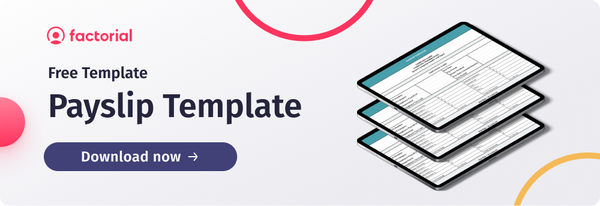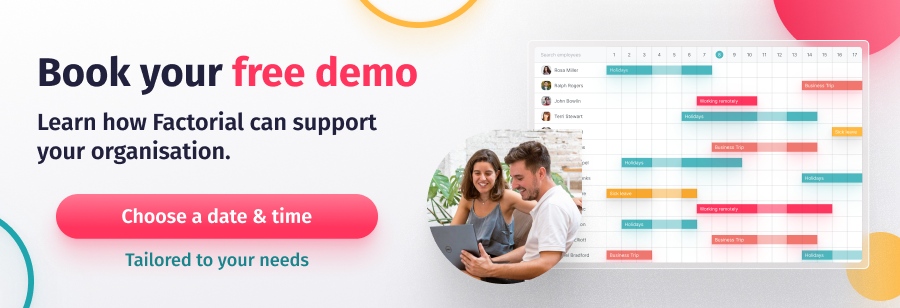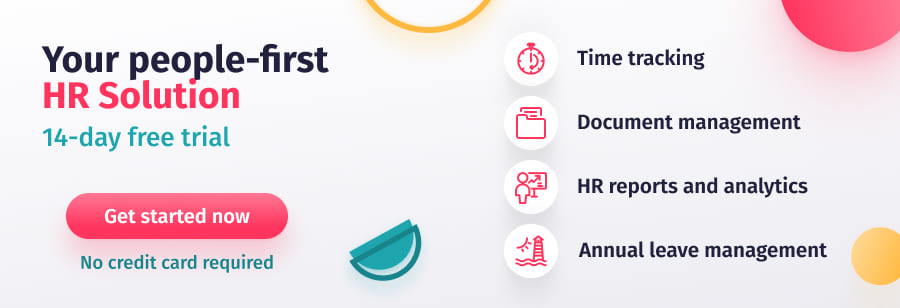Paying employer pension contributions is compulsory for UK employers. As a company or organisation, you must enrol eligible employees into a workplace pension scheme. The amount you pay, however, depends on the scheme.
This article will cover the ins and outs of employer pension contributions so you can avoid potential fines implemented by The Pension Regulator (TPR).
What is a Workplace Pension?
It’s a method of saving money for your retirement that your employer arranges. Both you and your employer contribute towards this. A portion of your wages, alongside an employer contribution is automatically transferred into this pot every payday. It can also be referred to as your occupational, works, company, or work-based pension. Some people can claim tax relief on their payments. The amount transferred each payday depends on your employer/pension scheme rules and salary.
How to Enrol in a Workplace Pension
By law, UK employers must enrol their employees into a workplace pension scheme automatically. This is called ‘automatic enrolment’ and applies if the following criteria are met by an employee:
- They’re defined as a ‘worker’.
- They’re between the ages of 22 – State Pension age.
- They earn a minimum of £10,000 each year.
- They work in the UK ordinarily (defined here).
Exceptions to the rule
‘Automatic enrolment’ isn’t compulsory if the employee:
- Has been given or has given notice to leave.
- Can show proof of lifetime allowance protection.
- Has already had a pension arranged by their employer that is in line with automatic enrolment rules.
- Receives a one-time payment from a scheme that’s ended, then leaves and returns to the same job within a year of being paid.
- Left a pension over 12 months prior to staging their date.
- Comes from an EU member state and is already in an EU cross-border pension scheme.
- Is in a limited liability partnership.
- Is a ‘director’ on a work contract and employs one or more people within their company.
- Has a low income, i.e. earns £520 a month, £120 a week, £480 over four weeks, or less.

Once you’ve enrolled the employee into the pension scheme, you must inform them of the following:
- The date added.
- Type of pension scheme.
- The amount that you and the employee should be contributing.
- How the employee can leave the pension scheme if they choose to.
- How the tax relief works and applies to the employee.
Employee and Employer Contributions to Pension
Employer contribution to pensions depends on the pension scheme provider that the company has chosen. The minimum pension contributions as of April 2019 are:
- A minimum of 5% from the employee (personal contributions).
- At least 3% from the employer (employer contributions).
The total contribution should therefore add up to a minimum of 8%.
The amount is also based on the employee’s total earnings (between £6,240 and £50,270 a year before tax), including the person’s wage, overtime, bonus or commission, sick pay, and maternity or paternity leave.
Employer contributions are not capped at this legal minimum. You can decide to pay more into the pension pot of your employees. This would mean that the employee can pay less, as long as the total minimum contribution is met by the joint payments.
You can also offer ‘contribution matching’ up to a certain amount. This means an employer pays the same as an employee pays into their pension scheme.
What Does This Mean For Employee’s Take-home Pay?
Understandably, as your employees pay personal contributions towards their pension, their take-home pay will consequently be reduced. However, this brings other benefits to the employee:
- They can be entitled to tax credits.
- They’re entitled to an income-related benefit.
- Their student loan repayments may be reduced.
Government Contributions to Workplace Pensions
Tax relief is the Government’s part in your workplace pension contributions. This is only possible if an employee both:
- Pays Income Tax.
- Contributes either a personal pension or workplace pension.
If your chosen pension scheme uses ‘relief at source’ to contribute to your pension pot, you could still get an additional payment regardless of whether you pay Income Tax.
Salary Sacrifice or SMART Pension Scheme
To implement a salary sacrifice (A.K.A. a Smart Pension Master Trust (SMART) pension scheme), the employer and the employee must agree to pay a part of the employee’s salary directly into their pension. This may mean the employee and the employer pay less tax and National Insurance.
Logging into your SMART Pensions scheme will show employees when their retirement date is, how much money they’ve saved up, how much their employer contributed to their pension fund, and how to make investment decisions for their savings.
If you pay income tax and pay into a personal or workplace pension scheme, the government will most likely add money to your pension as tax relief.
Employer Pension Contributions Calculator
Use the workplace pension calculator to understand how much you and your employer should pay into your pension pot.
Besides the calculator, the MoneyHelper website can help you find an independent financial advisor (IFA) for companies and employees.

Commonly Asked Questions About Pensions
How Much is State Pension in the UK & Ireland?
Currently, in the tax year 2023/2024, the full UK state pension is £203.85 a week. You could be entitled to more than this if you’ve been building up an entitlement to the old Additional State Pension scheme. The Irish state pension is currently set at €265.30 a week. If you’re living alone, you might also be entitled to a Living Alone Increase.
In the UK, the amount you receive depends on your National Insurance record and the required minimum of 10 years of employer’s contribution to your pension. You’ll need to pay state pension contributions for at least 35 years to get the total amount.
What is the State Pension Age in the UK & Ireland?
Your state pension age is determined by your birth year and indicates the earliest you can claim your pension. The state pension age in the UK is currently 66 for both women and men. For people born after the 5th of April 1960, this number will increase to 67 and eventually 68. The minimum Irish state pension age is currently 66 years old.
What are Defined Benefit Pension Schemes?
A defined benefit pension scheme, also called a DM pension scheme, is one that is calculated based on the number of years you’ve been part of your employer’s scheme and the salary you’ve earned there. The amount increases with inflation every year.
What Happens if I Don’t Pay National Insurance Contributions?
If you fail to pay National Insurance contributions, you won’t be able to claim some government benefits, including the state pension. You must have paid national insurance for 35 years to qualify for the maximum state pension.
Is my Bonus Included in Pensionable Earnings?
No. What counts as ‘pensionable pay’ is dictated by the regulations of your pension scheme. This usually is your basic salary which excludes bonuses and overtime pay.
What is Bonus Sacrifice?
If you pay your bonus into your pension rather than into your bank account, this is called ‘bonus sacrifice’. You can save tax by doing this.





